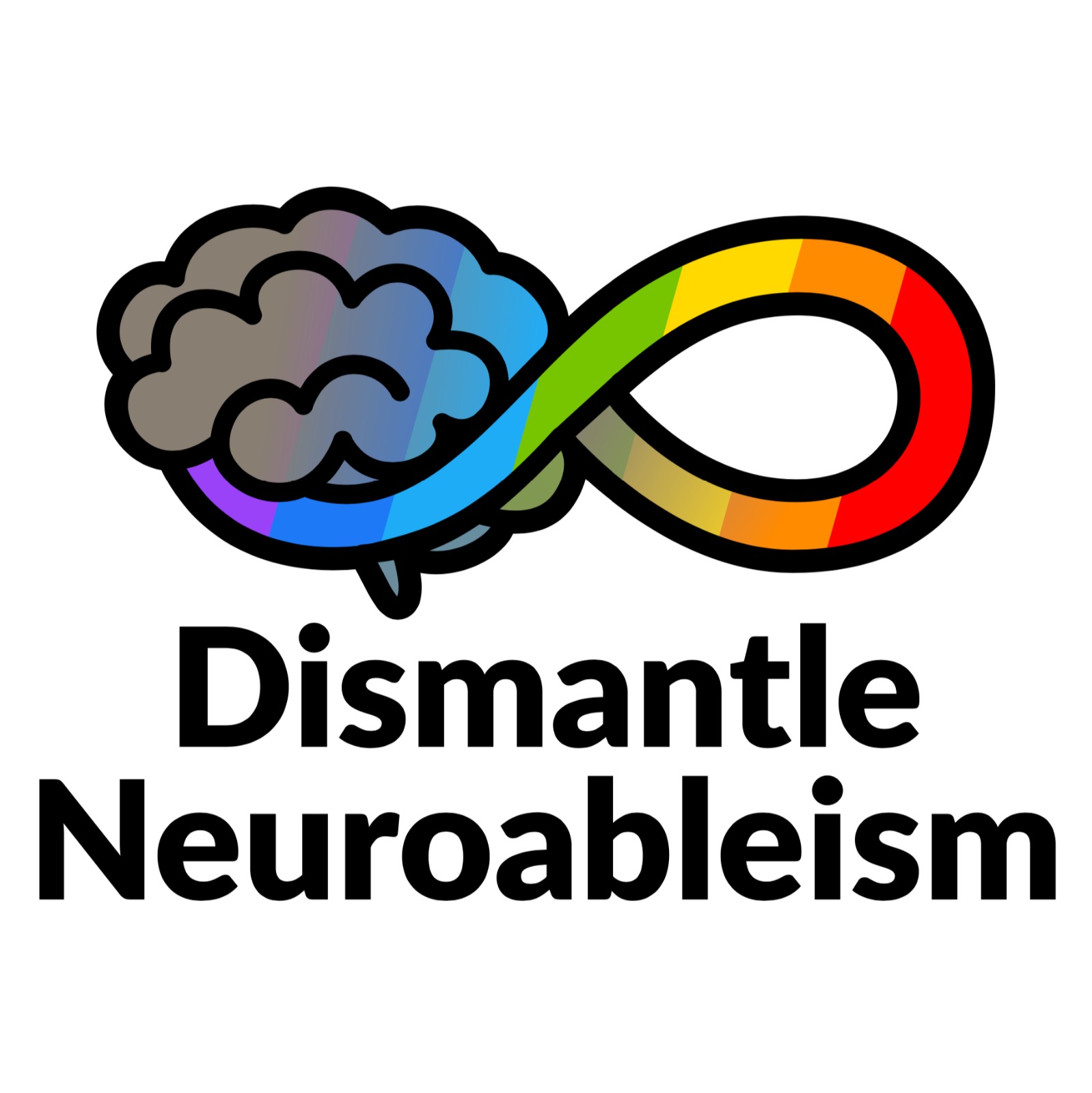BPD
What it is:
CW: mention of suicide and self-harm.
BPD (or Emotionally Unstable Personality ‘Disorder’) is a mental health diagnosis characterized by a pervasive instability in moods or emotions, an unstable sense of self, unstable interpersonal relationships, impulsive behaviors, as well as an inability to regulate emotions.
BPD is thought to affect 2% of adults, is often accompanied by self-harming behaviors, and has a significant rate of death by suicide. Its cause is thought to be a combination of genetic factors and childhood trauma (e.g. physical or emotional abuse or neglect). BPD is often accompanied by co-morbid anxiety and/or depression, or by PTSD/C-PTSD.
Communication-style:
A person diagnosed with BPD may appear to behave and communicate as “normal” much of the time. Communication may become difficult when the person is experiencing a BPD ‘episode’ or a flare-up of symptoms. In this case, they may appear overly-emotional (sad or angry, for example) or disconnected and uncommunicative (this is called dissociation). This can be an incredibly lonely experience, and the BPD-sufferer may feel an intense fear of being disliked or abandoned, and so may act or behave impulsively to prevent this from happening. Their communication may be affected by these intense and overwhelming emotions and appear changeable or inconsistent.
What it may read like to NT people:
BPD-people have a reputation as manipulative, co-dependent, and ‘borderline psychotic’ (this is actually where the name comes from, which is obviously somewhat problematic). This is a very unfair interpretation of a very misunderstood and stigmatized diagnosis.
BPD-people often feel very lonely and isolated and unable to manage their interpersonal relationships successfully. This is because they may need to learn the emotional skills required to regulate emotions and remain in control of their feelings (it can feel like a ‘hallucination’ of very intense negative emotions, and be very difficult to manage). Dialectical Behavioral Therapy is known to be a very successful strategy to help with this, but it is often a treatment that is very difficult to access.
How to communicate most efficiently:
It’s very important that those close to a BPD-person learn how to communicate effectively. Successful strategies to communication can help diffuse a BPD episode and keep relationships strong and solid. Some tips are as follows:
- Understand BPD, its causes, and symptoms.
- Recognize that it is an illness and not a person’s ‘fault’.
- Be patient.
- Don’t be judgmental.
- Be calm, reassuring, and consistent.
- Set your own clear boundaries.
- Ask what will help to ground or reassure someone.
How to best communicate online:
- Speak clearly but empathetically.
- If an issue arises, use non-judgemental words.
- If you don’t understand something we’ve said, ask for clarification.
- Do not read tone or intent in what has been written.
- Be aware that rejection is a big trigger for BPD people and language use will make an impact on the acceptance of feedback or understanding a conversation.
- Acknowledge and validate the person’s feelings and beliefs in a conversation, especially in a disagreement (Example: “I understand that you are upset because of X and that must be really difficult. Would it help if we go through the conversation again to see if we can sort out the miscommunication or misunderstanding.”)
Text by Jenny M. G.
